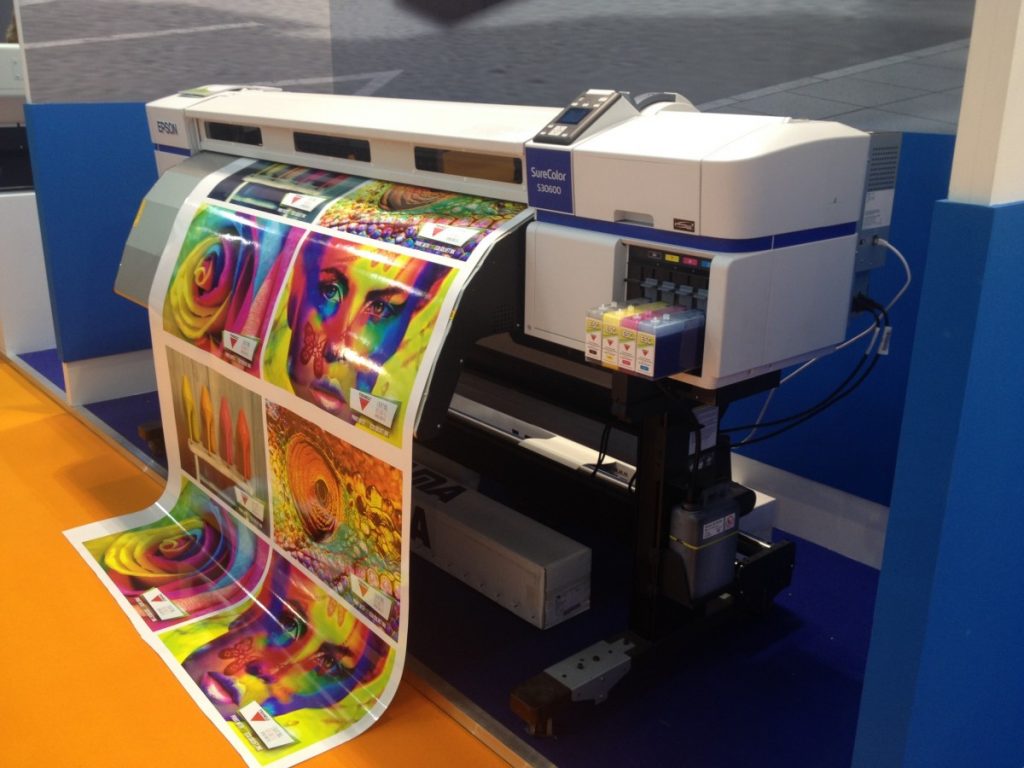Revolutionizing Medicine: 3D Bioprinting Breakthroughs
Business 0 CommentsWarning: Trying to access array offset on value of type null in /home/59053787/domain/public_html/wp-content/themes/simple-east/content.php on line 37
In the field of medicine, 3D bioprinting has emerged as a revolutionary technology with the potential to transform healthcare as we know it. This cutting-edge process allows scientists and medical professionals to create living tissues and organs using bioinks and specialized 3D printers. The advancements in 3D bioprinting have opened up new possibilities for regenerative medicine, personalized treatments, and organ transplantation. Companies are increasingly concerned about large format printing’s environmental impact and are actively seeking eco-friendly alternatives to reduce their carbon footprint. In this article, we will delve into the world of 3D bioprinting, exploring its breakthroughs, applications, and the remarkable impact it holds for the future of medicine.
1. Understanding 3D Bioprinting
The Science Behind Bioprinting
3D bioprinting is an additive manufacturing process that utilizes living cells and biomaterials to construct three-dimensional structures, such as tissues and organs. The bioprinting process involves layer-by-layer deposition of bioinks, which are cell-laden materials, to create functional living tissues.
Bioinks and Biomaterials
Bioinks play a crucial role in 3D bioprinting, providing the structural framework and support for living cells to grow and form tissues. Various biomaterials, such as hydrogels and extracellular matrix components, serve as the building blocks for bioinks.

2. Breakthroughs in 3D Bioprinting
Vascularization and Tissue Complexity
One of the significant breakthroughs in 3D bioprinting is the successful integration of vascular networks within printed tissues. Vascularization is essential for providing nutrients and oxygen to living cells, enabling the creation of complex and functional tissues.
Multi-material Bioprinting
Advancements in multi-material bioprinting allow for the simultaneous deposition of multiple bioinks, creating tissues with diverse cell types and functionalities. This capability brings us closer to bioprinting entire organs with intricate structures.
3. Applications in Regenerative Medicine
Organ Transplantation
The shortage of organ donors is a critical issue in healthcare. 3D bioprinting offers the potential to print organs on demand, providing a solution to the organ transplantation crisis and reducing transplant rejection rates.
Tissue Engineering and Repair
Bioprinting enables the creation of tissues for transplantation, repairing damaged or injured tissues, and accelerating the healing process. It has promising applications in treating conditions like burns, cartilage defects, and spinal cord injuries.
Disease Modeling and Drug Testing
Bioprinted tissues can serve as models for studying diseases and testing potential drug treatments. This technology offers a more accurate representation of human physiology than traditional cell cultures, leading to more effective drug development.
4. Personalized Medicine and Patient-Specific Treatments
Patient-Specific Implants
3D bioprinting allows for the creation of patient-specific implants and prosthetics, custom-tailored to fit individual anatomies. This personalization ensures better treatment outcomes and improved patient comfort.
Precision Medicine
With the ability to use a patient’s own cells to create bioprinted tissues and organs, 3D bioprinting opens the door to precision medicine, where treatments are uniquely tailored to each patient’s genetic makeup.
5. Challenges and Future Outlook
Biocompatibility and Safety
Ensuring the biocompatibility and safety of bioprinted tissues and organs remains a significant challenge. Extensive research and rigorous testing are essential to address these concerns and ensure the viability of bioprinted constructs.
Scaling Up and Commercialization
While 3D bioprinting has made remarkable progress, scaling up the technology for mass production and commercialization presents its own set of challenges. Further advancements and collaboration between academia and industry are crucial in this regard.
Ethical Considerations
The development of bioprinting raises ethical considerations surrounding issues like organ ownership, consent, and equitable access to this transformative technology. Ethical frameworks must be established to address these complex questions.
Conclusion
3D bioprinting represents a paradigm shift in medicine, offering groundbreaking solutions to the most significant challenges in healthcare. From organ transplantation and tissue repair to disease modeling and personalized treatments, the potential applications of 3D bioprinting are immense.
While the technology is still in its early stages, the breakthroughs in 3D bioprinting have laid a solid foundation for future advancements. As researchers, scientists, and medical professionals continue to push the boundaries of this transformative technology, we can anticipate a future where 3D bioprinting revolutionizes medicine, ushering in a new era of regenerative therapies and personalized healthcare.
Warning: Trying to access array offset on value of type null in /home/59053787/domain/public_html/wp-content/themes/simple-east/content.php on line 74
